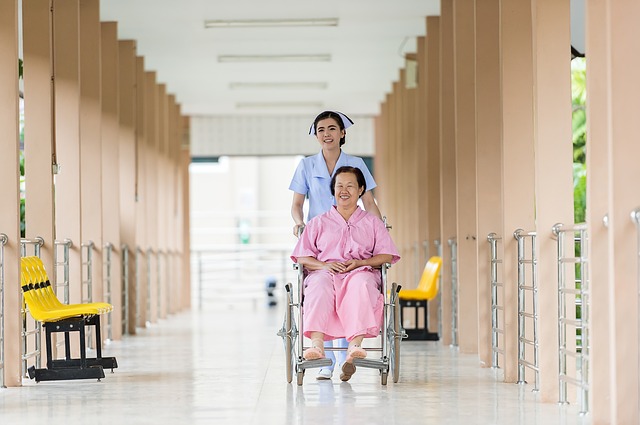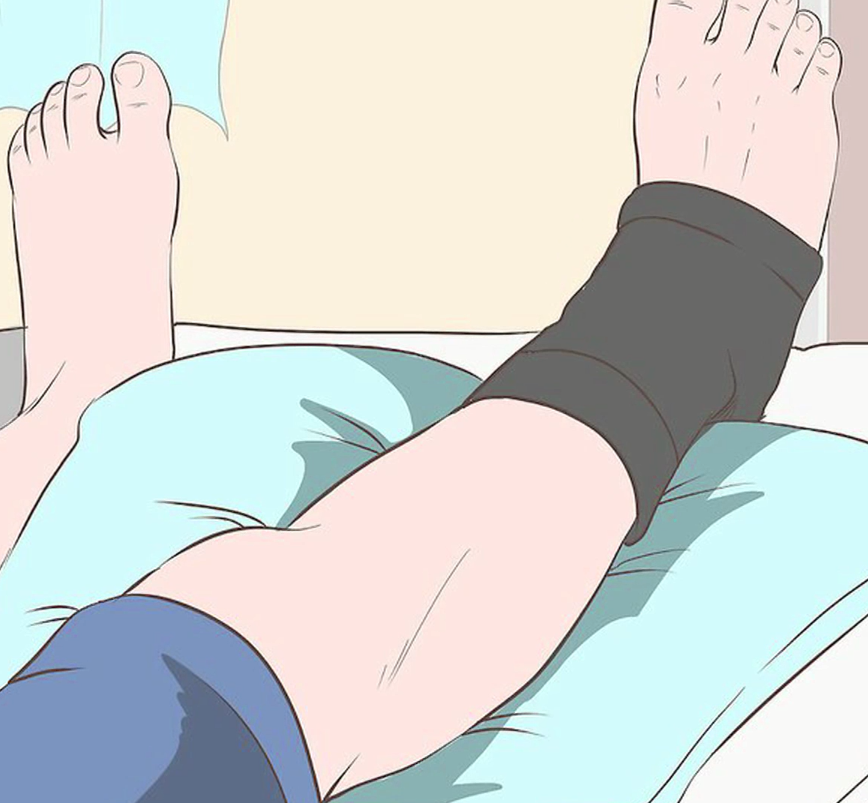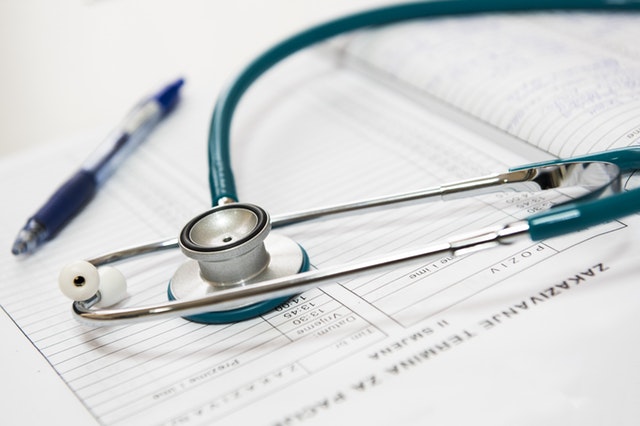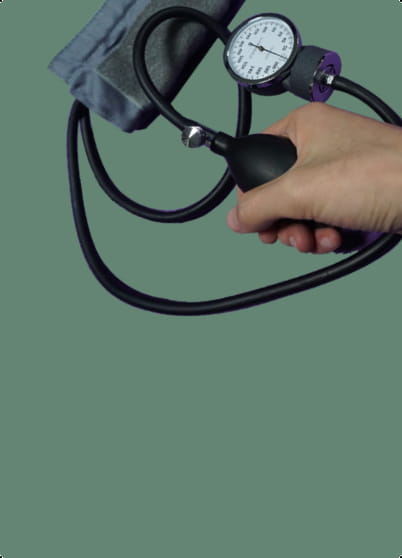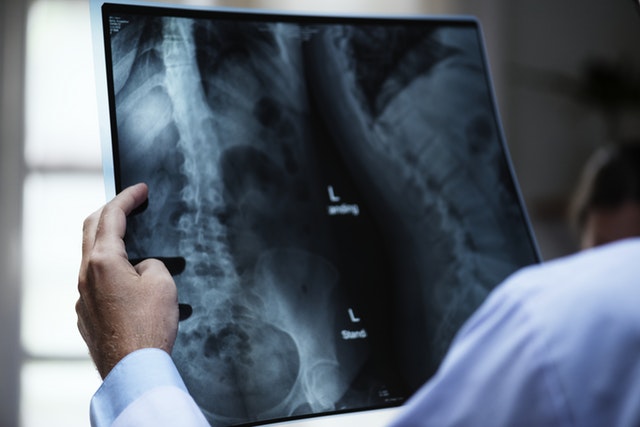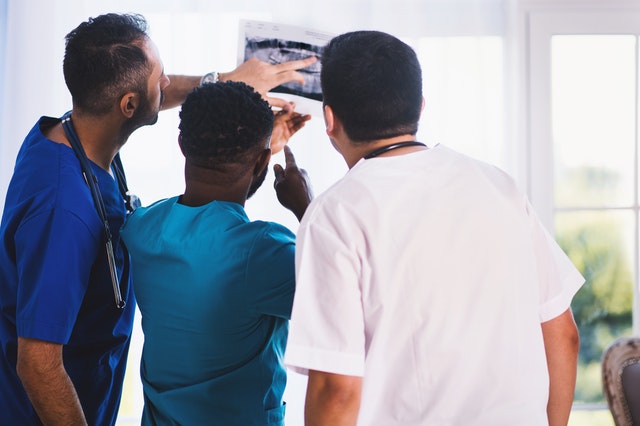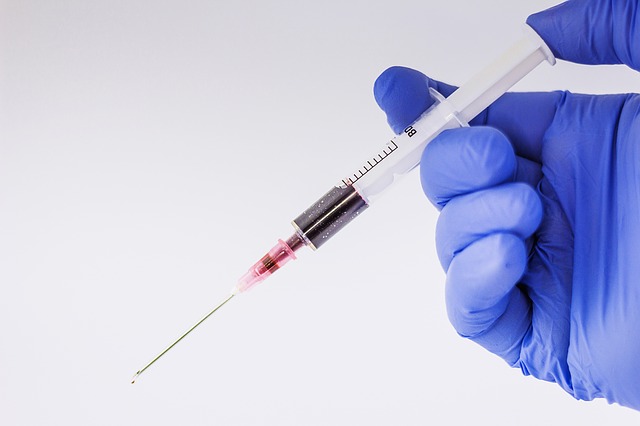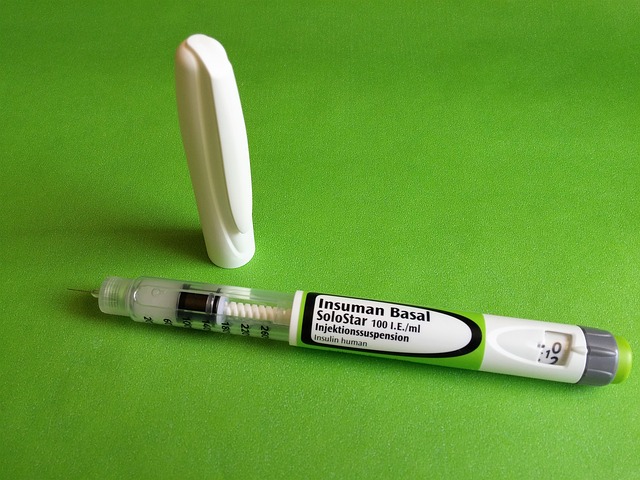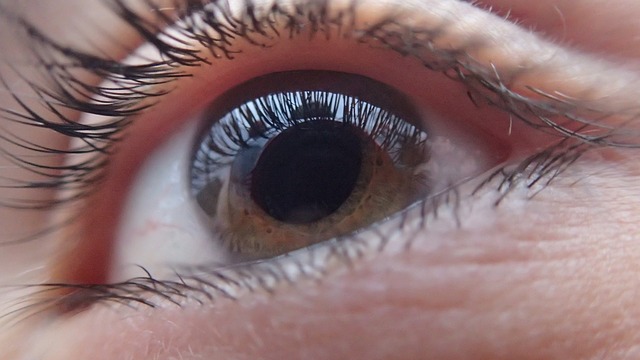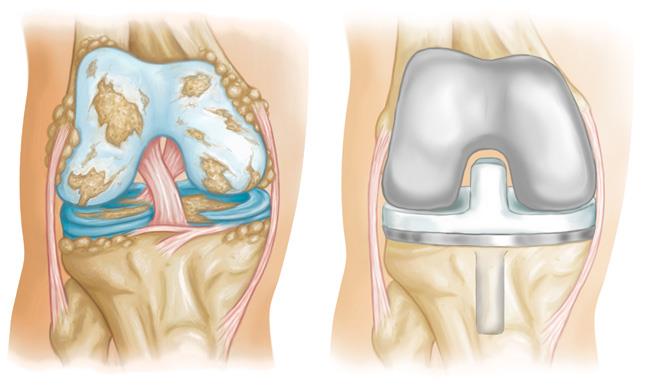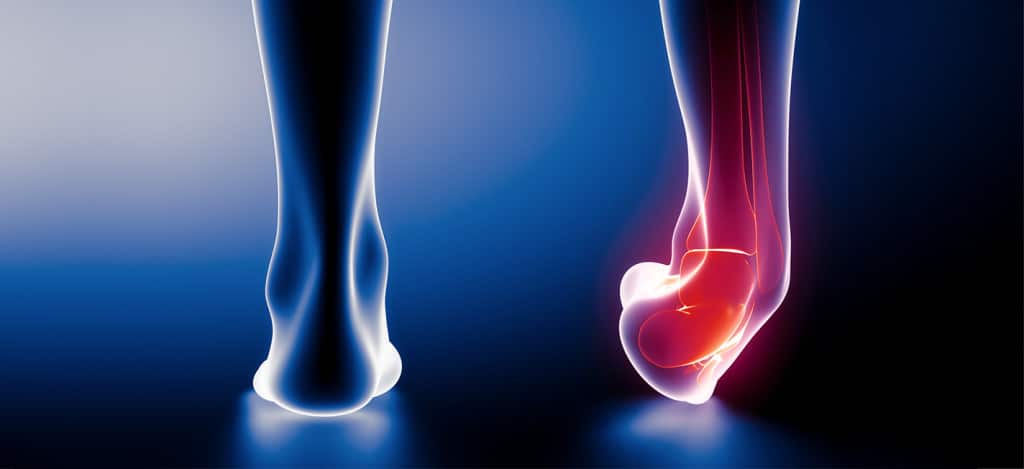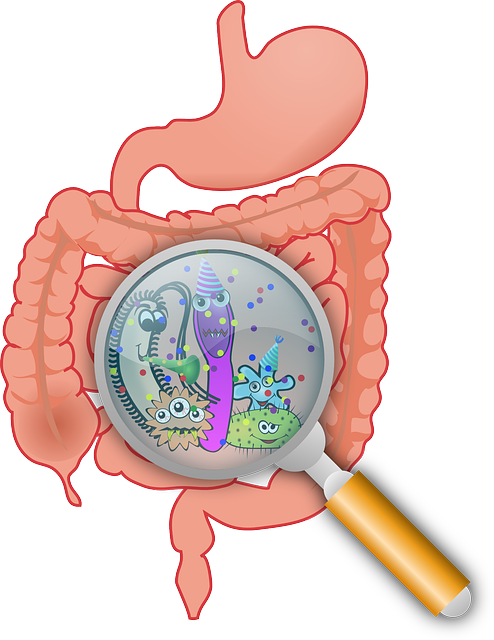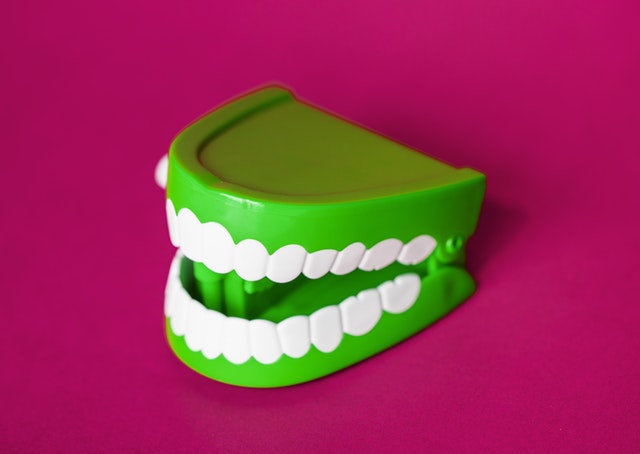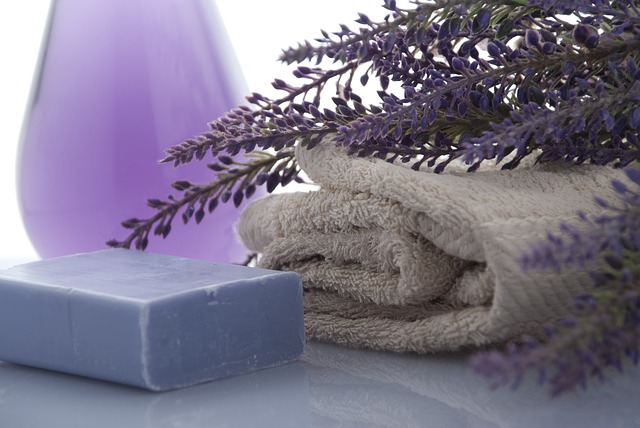Sponge Bath
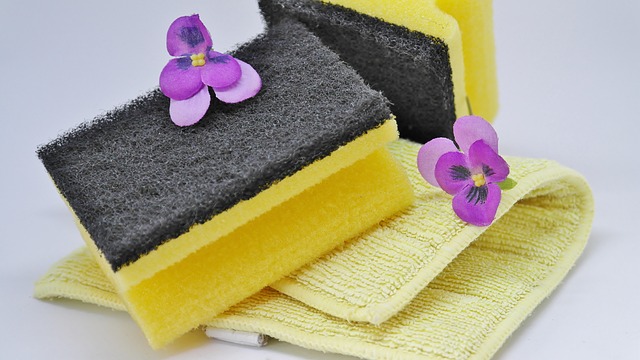
Sponge baths, or bed baths, are used to bathe people who are bedridden or unable to bathe on their own due to health reasons.
Preparing to Give the Bath
- Fill two basins or washtubs with warm water. One is used for washing, and the other for rinsing. The water temperature should be 115 degrees F (46 degrees C) or less. You want it to be comfortable to the touch, but not too hot.
- Choose soap /Wash gel/shampoo that’s easy to rinse away.
- Avoid using soap that has exfoliating beads or other substances that could end up staying on the patient’s skin and causing irritation.
Steps
- Place two towels under the patient. This will prevent the bed from getting wet and keep the patient comfortable during the process. To place the towels under the patient, lift the patient onto their side and scoot the towel under, then carefully lower the patient and do the same on the other side.
- Cover the patient with a clean sheet or towel. This will ensure the patient stays warm during the bath as well as providing some privacy. The sheet or towel will stay on the patient’s body the whole time.
- Be sure to adjust the temperature in the room if necessary, to prevent the patient from getting a chill.
- Remove the patient’s clothes. Fold down the sheet or towel, uncovering the patient’s top half, and remove their shirt. Replace the sheet over the top half of the patient. Fold the sheet back from the patient’s legs and remove their pants and underwear. Recover the patient with the sheet.
- Try to keep as much of the patient covered as possible while you’re removing the clothes.
- Keep in mind that this process can be embarrassing for some people, so try to work quickly and with a purposeful attitude.
Bathing the Head, Chest and Legs
- Use the same cleansing and rinsing method for the whole body. First apply soap or soapy water to the patient’s skin. Scrub it gently with a washcloth to remove dirt and bacteria, then place the washcloth in the soapy basin. Dip a second washcloth into the rinsing basin and use it to rinse away the soap. Pat the area dry with a towel.
- Remember to rotate between the two washcloths: use one for soaping and one for rinsing. If the cloths become soiled, switch to clean ones.
- Replace the water in the basins as necessary.
- Start with the patient’s face. Gently wash the patient’s face, ears and neck with soapy water. Rinse away the soap with a separate washcloth. Dry the cleansed area with a towel.
- Wash the patient’s hair. Gently lift their head into the shampooing basin. Wet the hair by pouring water over the patient’s head, taking care not to get it in their eyes. Apply shampoo, then rinse it away. Pat the hair dry with a towel.
- Wash the patient’s left arm and shoulder. Fold over the sheet on the left side of the body down to the hip. Place a towel beneath the exposed arm. Wash and rinse the patient’s shoulder, underarm, arm and hand. Dry the wet areas with a towel.
- Dry the washed areas thoroughly, especially the underarm, to prevent chafing and bacteria growth
- Recover with the sheet to keep the patient warm.
- Wash the patient’s right arm and shoulder. Fold over the sheet to expose the right side. Place the towel beneath the other arm and repeat, washing, rinsing and drying the right shoulder, underarm, arm and hand.
- Dry the washed areas thoroughly, especially the underarm, to prevent chafing and bacteria growth
- Recover with the sheet to keep the patient warm.
- Wash the patient’s torso. Fold the sheet down to the waist and gently wash and rinse the chest, stomach and sides. Be sure to wash carefully among any folds in the patient’s skin, since bacteria tends to get trapped there. Dry the torso carefully, especially among the folds.
- Recover the patient with the sheet to keep the patient warm.
- Wash the patient’s legs. Uncover the patient’s right leg up to the waist, and wash, rinse and dry the leg and foot. Recover the right leg and uncover the left, then wash, rinse and dry the leg and foot. Recover the lower half of the body.
Bathing the Back and Private Area
- Empty the water basins and refill with clean water. Since approximately half the patient’s body is now clean, it’s a good time to refill the water.
- Ask the patient to roll on their side if they are able. You may have to assist the person. Make sure they are not too close to the edge of the bed.
- Wash the patient’s back and buttocks. Fold the sheet over to expose the entire back side of the patient. Wash, rinse and dry the back of the patient’s neck, back, buttocks and parts of the legs you may have missed.
- Wash the genital area and anus. Put on latex gloves if desired. Lift the person’s leg and wash from front to back. Use a clean washcloth to rinse the area. Be sure to clean thoroughly between folds, and dry the area thoroughly as well.
- Males should be washed behind the testicles. Wash female’s labia, but there’s no need to clean the vagina.
- This part of the body should be washed every day, even when you’re not giving a full-body bed bath.
- Redress the patient. When you’re finished, dress the patient in clean clothes or a robe. First replace the patient’s shirt, keeping the sheet over his or her legs. Then remove the sheet and replace the person’s underwear and pants.
- Elderly skin tends to get dry, so you may want to apply lotion to the arms and legs before putting their clothes back on.
- Comb the person’s hair and apply cosmetics and other body products according to the patient’s preferences.
To read more on Patient Care, click on the link below.



